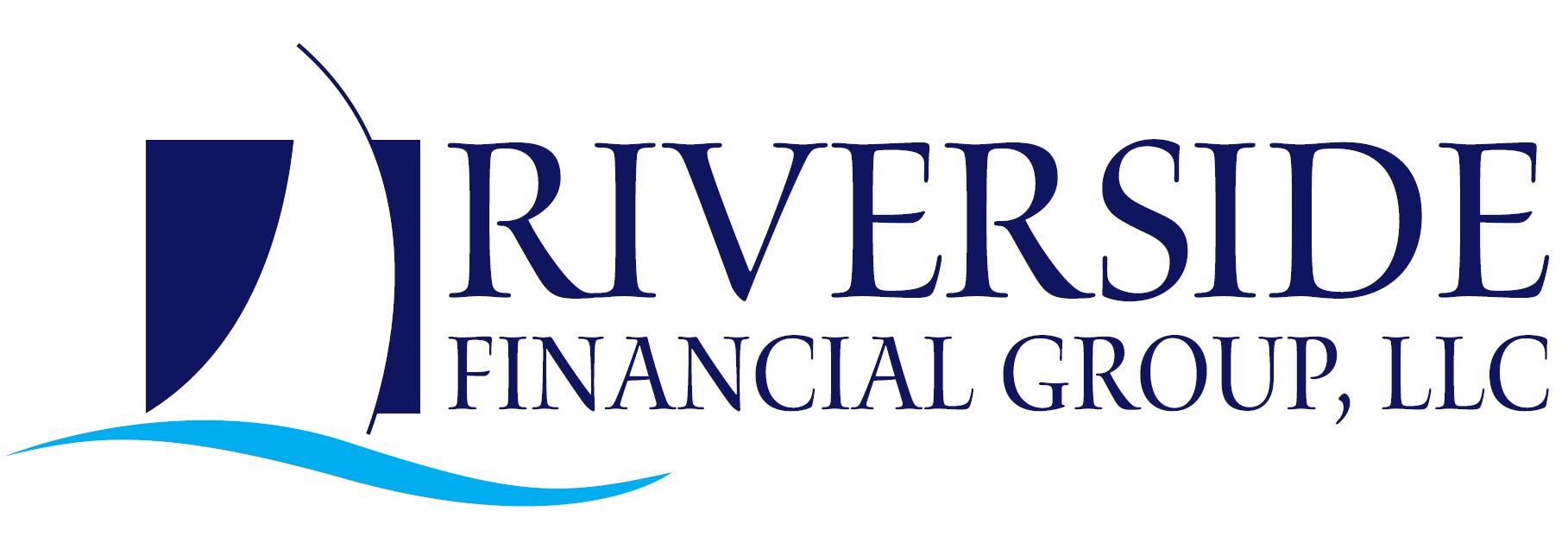Prepared by Dave Callahan
No doubt your social media feeds — and maybe even your mailbox and calendar — have been full lately: cap-and-gown graduates beaming with pride, Star Wars memes flying around on May the Fourth, and backyard barbecues warming up for Memorial Day. May is a month that seems to collect holidays and milestones like a magnet.
But in the whirlwind of celebration, one date quietly stands out — May 29. Or, if you prefer numbers: 5/29. Also known as National 529 Day, it’s a timely reminder that while we cheer on today’s graduates, it’s never too early to start planning for the next one.
Key Takeaways:
- Assets in section 529 account grow tax deferred. Withdrawals used for qualified educational expenses are tax free and typically include tuition, fees, books, supplies, and room and board at eligible educational institutions.
- Most states with income taxes allow either a deduction from income or a state tax credit for 529 plan contributions when reporting income for state tax purposes. Most states also allow any contributor, not just the account owner, to claim the applicable tax benefits on their tax return.
- Why use 529 rather than brokerage? In a brokerage account. Investment earnings may be subject to capital gain and income taxes. Brokerage accounts lack the specific tax advantages for education savings that 529 plans offer and may have higher management fees compared to some 529 plans. Brokerage account assets might be considered differently in financial aid calculations compared to 529 plans.
- There are two basic types of 529 plans: educational savings plans and prepaid tuition plans.
- Section 529 plans are sponsored and run by the 50 states and the District of Columbia, although the rules and fees of 529 plans differ from state to state.
A New Planning Opportunity:
Recent changes in legislation created a terrific solution for investors who hold excess assets in a 529 account after paying for college.
- New provisions allow tax-free rollovers from 529s to Roth IRAs in the name of the beneficiary, with a $35,000 lifetime limit.
- The account must be 15 years old, and a balance has been in the account for 5 years or more.
A $35,000 rollover between ages 23-27 could potentially grow to $400,000 by age 65, assuming a 6% annual return. What was originally funded to help with higher education costs can now be a significant factor in the beneficiary’s retirement. It’s one more reason to think strategically, and act early.
Investors should carefully consider investment objectives, risks, charges and expenses. This and other important information is contained in the fund prospectuses, summary prospectuses and 529 Product Program Description, which can be obtained from a financial professional and should be read carefully before investing. Depending on your state of residence, there may be an in-state plan that offers tax and other benefits which may include financial aid, scholarship funds, and protection from creditors.. Before investing in any state’s 529 plan, investors should consult a tax advisor. If withdrawals from 529 plans are used for purposes other than qualified education, the earnings will be subject to a 10% federal tax penalty in addition to federal and, if applicable, state income tax.

Recent Comments